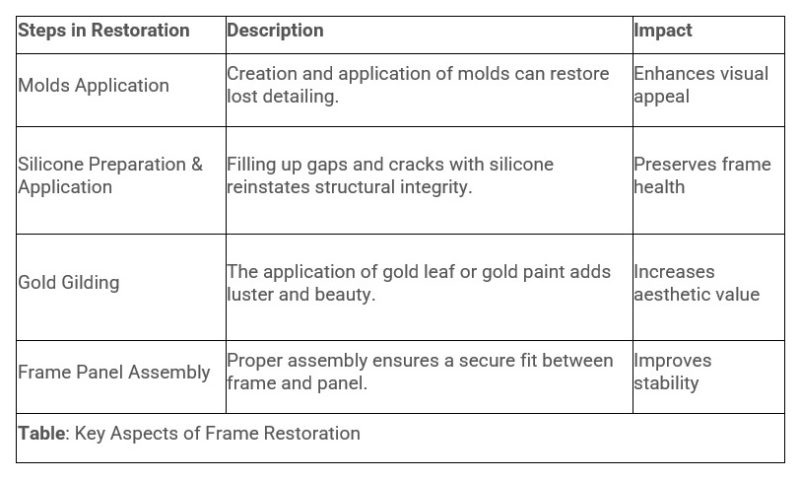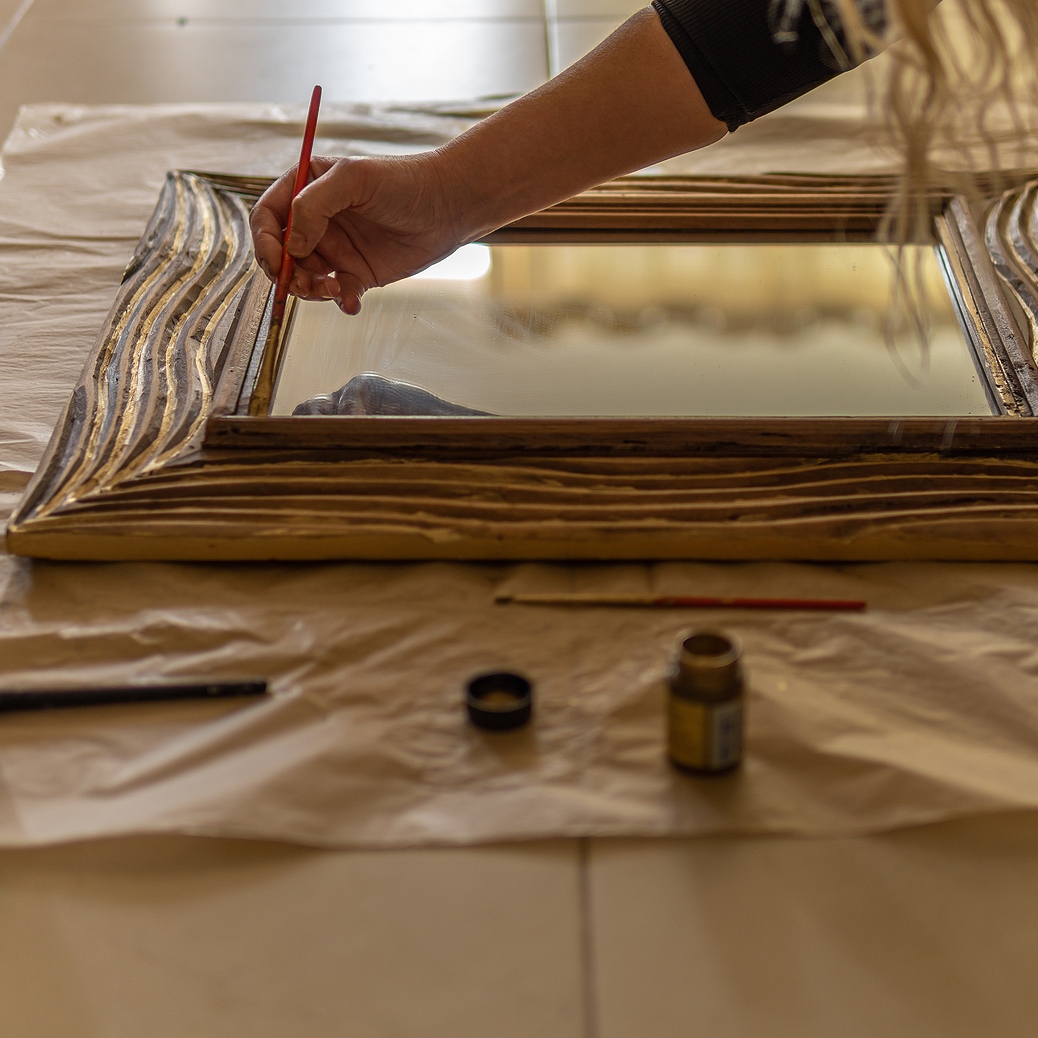If you have valuable art pieces that have experienced water damage, don't panic. Specialists in fine art recovery can restore them to their former glory. You can trust professionals to handle your precious artworks with utmost care. Such experts are committed to salvaging and recovering your treasured pieces.
Companies like Water Damage Specialist are pioneers in water damage restoration. They utilize innovative techniques and tools for the effective restoration of various items and work in all major cities of Australia.
But let's get back to art.
The Art of Fine Art Restoration
Restoration of fine art is a multi-faceted domain that marries art history, conservation sciences, and hands-on preservation work. This dynamic profession seeks to ensure longevity for our shared cultural treasures.
- Treatment of Art: Restoration heroes painstakingly care for pieces, from famous works on national loan to artifacts displayed within the museum.
- Research and Knowledge Sharing: The conservator's role transcends mere treatment, unearthing historical revelations hidden within each artifact and sharing them via digital platforms or onsite education.
- Conservation Evolution: From an era where restoration was largely outsourced, today's institutions now endorse a comprehensive in-house approach that promotes higher standards and transparency.
- State-of-the-Art Facilities: Modern restoration departments are shining examples of technology-assisted preservation with sophisticated equipment like infrared vidicons and advanced humidity control systems.
The essence of restoration services resides in appreciating the synergistic nature of each component within a masterpiece. It celebrates this resonating connection while ensuring continued vitality.
Essence of Oil Painting Restoration
The restoration of oil paintings is a meticulous process that requires a targeted approach. Trained art historians, chemists, and scientists work together to evaluate each work's unique characteristics. This collaborative effort ensures the selection of the least invasive repair techniques.
Initial Analysis
The initial assessment is where art experts evaluate the painting's style and period. An understanding of the time period and techniques used by the artist is crucial for effective restoration. X-rays offer insights into the work's composition, informing subsequent restoration decisions.
Assessing Loss of Paint
Infrared imaging serves to reveal original drawings and paint losses hidden beneath the painting's surface. Focused wavelength cameras have revolutionized this step, with different pigments absorbing varied wavelengths in distinctive ways. This technology identifies specifics, such as carbon-based sketches, thus eliminating formerly destructive techniques and identifying layers of varnish with precision.
Removing Discolored Varnish
Once the original painting's picture is clear, appropriate solvent mixtures are needed to remove any discolored varnish layers. Spectroscopy has streamlined this process, simplifying the identification of varnish makeup and character.
Significance of Frame Restoration
Art frame restoration, especially gilding, is a meticulous process that enhances the aesthetic and investment value of antiques.
This restoration not only revives the original charm but also strengthens the structure of the art frame. Cleaning the frame serves as a critical initial step in this precise procedure.

An improperly executed restoration might cause irreversible damage, highlighting the importance of expert intervention for such tasks.
Etching Restoration: An Overview
If you're an art enthusiast, understanding the intricacies of etching restoration is essential. From defining what etching is to recognizing the reasons for its restoration—it's all a delicate process.
- Understanding Etching: The sophisticated etching process entails using an acid-resistant ground to protect the metallic plate. The artist then etches a design onto it through the use of acid.
- Why Restoration Is Necessary: With time, environmental factors and handling can lead to the deterioration of etchings. This often results in plate cracks, discoloration, or loss of design, necessitating restoration.
- The Restoration Process — Inspection: The first step involves a thorough inspection. This identifies the extent of deterioration and uncovers past restoration attempts.
- The Restoration Process — Cleaning: Inspection is followed by cleaning. Dirt and impurities are carefully removed, ensuring the plate isn't damaged during the process.
Evidently, etching restoration is not only about preserving but also about retouching the piece's original beauty—a careful maneuver between art and science.
Painted Portraits: Restoration and Conservation
Art is a living testament to our history and culture. Unfortunately, time often affects its beauty, especially in painted portraits.
- Preliminary Assessment: Before starting the restoration process, experts conduct an evaluation to understand the level of work needed.
- Determining Materials: Identifying the materials used by the artist helps in choosing suitable restoration techniques.
- Conservation Treatment: The careful cleaning of the painting is performed, accompanied by restoring any lost or damaged work.
- Preventive Measures: After restoring the artwork, preventive measures are taken to protect it from future damage.
In this regard, restoration doesn't just breathe new life into old art, it also preserves existing pieces for generations to come. This area evokes parallels with conservation photography, another form preserving our cultural heritage.
Disaster Response and Fine Art Recovery
The restoration services proactively anticipate disasters, carefully planning response strategies for fine art pieces in such events. Restorers understand the importance of such heirlooms and stay poised to safeguard them.
Expert Deep Cleaning Protocol
Art restorers thoroughly cleanse facilities where they handle art, using CDC-endorsed products to ensure your cherished pieces remain safe and intact.
Use of Protective Gear
Art restoration companies equip our employees with all necessary preventive gear like face masks and gloves and handle your fine art treasures with the utmost care and safety.
Your Art, Restored
With pioneers in fine art recovery, you can rest easy knowing that your cherished pieces are in capable hands. They're experts in restoring your artwork to its former glory. Should your artworks suffer water damage, don't despair.
